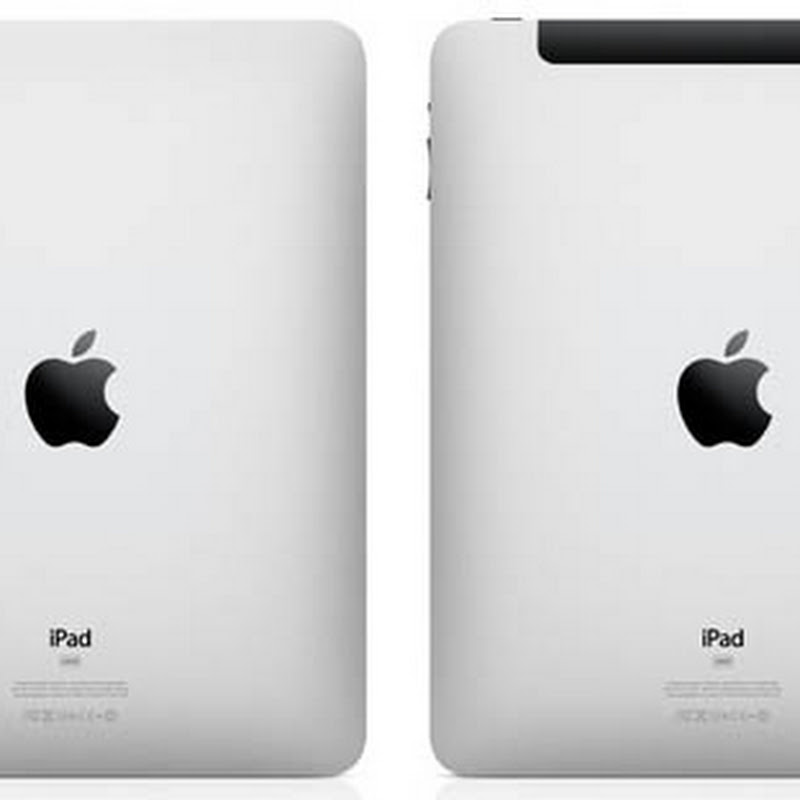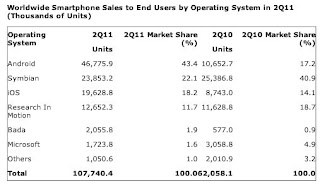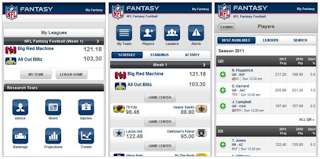We take a speculative look at the iPhone 5 and Google Nexus Prime to see which has the most potentialBoth Google and Apple have new handsets coming before the end of the year – they're known as the iPhone 5 and Google Nexus Prime, respectively.
But which will be the best? We take a speculative look at what to expect.
Form:At the moment talking about the visuals and build of both these phones is like describing some mythical creature. Some internet rumours are clearly way out, even going as far as some very convincing-looking, but nonetheless clearly fabricated, 3D mock-ups of some very sci-fi looking devices.
Having said that, there are some level-headed ideas floating about.
An iPhone will of course always be instantly recognisable as such by the distinctive Apple signature style. But behind the overall consistent image there will be some aesthetic changes with the iPhone 5.
Many progressive smartphone designs are becoming thinner with each release and there’s no reason to believe this won’t continue with both the iPhone 5 and the Google Nexus Prime.
However, in the case of the iPhone 5 at least there is the distinct possibility of it getting a bit bigger in length and width to accommodate a larger 4-inch touchscreen.
With previous iPhone’s the back panel has been idiosyncratically made from the same Gorilla glass as the touchscreen, with an aluminium surround.
It wasn’t always like this though. The first iPhone had a completely aluminium back panel and rumours hint that this will return with the iPhone 5.
We’re betting the iPhone 5 will keep a physical home button, even though successive versions of iOS have incorporated more gesture navigation.
Plus all the negative reactions to the rumour that Apple might be removing the Home button have probably secured its survival for some time to come.
Not so with the Nexus Prime, it seems. Reports and sneak-peeks indicate a button-less device with a very large Samsung branded Super Amoled HD capacitive touchscreen.
Actual size is still unknown. Measures of between 4 and 4.7-inches have been mentioned and a 720p resolution is on the cards.
Other information is scarce but at this point it looks like the Prime will also be larger than its predecessor to allow such big screen technology.
In terms of overall shape and design little else appears to have changed with rounded corners and a textured back panel.
Processor and Memory:There’s a pretty solid case for the idea that the iPhone 5 will be the first dual core Apple smartphone.
Many rumours imply it will use the same technology as the iPad 2, meaning a dual core ARM processor on the Apple A5 chipset.
A clock speed of 1GHz or more seems probable in this case, along with the iPad 2’s dual core graphics processing unit (GPU).
At the very least we’d expect the iPhone 5 to mimic its predecessor with both 16GB and 32GB options for internal storage. But as with similar high-end devices there’s the possibility of a third 64GB option too.
It would be silly to have all that power with inadequate RAM to back it up, so at least 1GB of the stuff is a more sensible prospect.
Whether the iPhone 5 will be Apple’s debut in external card storage is totally up in the air at this point – we’d hope so but we may yet be disappointed.
On the Google Nexus Prime we’re hearing a dual core TI OMAP4460 at a whopping 1.5GHz supported by 1GB of RAM and an unidentified GPU, though no doubt it will be suitably slick.
Storage space is also a mystery but 32GB seems likely with perhaps higher and lower options too.
It’s looking as though it will have external storage too with Micro SD support, there are no specifics on how much but 32GB seems pretty much standard high-end fare these days.
Operating System:The iPhone 5 will be powered by iOS 5 – Apple's latest iteration of its mobile platform.
It’s a pretty extensive revamp, with over 200 new features Apple certainly has had plenty of new ideas to cram in.
The new Notifications Centre, no doubt inspired by Android, removes the much-lamented and intrusive pop-ups in the centre of the screen.
Now you’re getting a neat little notification bar peeking in from the screen edge. After the bar pops up it’ll slope off in short order but if you want to attend to it straight away a single tap on the message will take you to the app which spawned it.
If you’re feeling a bit more organised you can drag out the whole Notification Centre for a comprehensive list of past and present alert messages sorted by app.
You can of course also delete obsolete messages but how much control you have over deleting multiples or indeed ‘clearing all’ is uncertain right now.
Tapping on any particular alert from your message history will take you to the source. Further to this, the notifications can be accessed from the lock screen.
If messages appear while the phone is locked they have individual swipe locks, which you can use in place of the standard tab – doing so will take you to the relevant app directly.
Obviously keen to capitalise on BlackBerry Messenger’s popularity, Apple will debut its own iMessage service in iOS 5, which, just like RIM’s original, allows you to freely send text, image and video messages between Apple handsets.
Not only this but it also supports group messaging and push notifications while working on both 3G and WiFi connections. The best part is that everything you send will be encrypted.
Apple’s Mail app has also received some attention with the addition of further formatting options. Indentation settings and rich text formatting is now part of the package, allowing you to use bold, italic and underline functions.
Not content with the blinding speeds of the iOS 4 Safari browser’s Nitro Javascript engine, Apple has done a bit more tuning and squeezed yet faster speeds out of it in iOS 5.
New features are also on offer with The Reading List, a section where you can store interesting pages for postponed viewing, and Safari Reader, which lets you strip pages into raw text for cleaner, faster reading.
The Newsstand app archives all your digital newspaper and magazine subs, additionally background downloads mean you’ll never be left wondering where your new issue is.
‘PC free’ was an Apple watchword this time round. The result is that there’s no need to tether your phone to a PC or Mac to use iTunes, or indeed any other service.
Most stuff which formerly needed a computer can now be sorted directly on the device, including composing, organising and synching cloud based features such as mailboxes and calendars.
This PC free ethos extends to updates, which Apple has said will now be available over-the-air.
The Nexus Prime will be the debut handset for Google’s brand new and long-awaited Android Ice Cream Sandwich (ICS), also known as Android 4.0.
It will be a merging of Android Gingerbread 2.3 for smartphones and Android Honeycomb 3.0 for tablets, with the best features taken from each and all wrapped up in a nice new interface.
USB support is a big step forward for the platform offering a much wider scope to devices running it – fancy using a console joypad for gaming? No problem.
We know this will be the update where Android becomes less fragmented. Google is promising to push updates out past the manufacturers and networks so you don’t have wait anymore. It should also work on most existing Android phones.
The updated interface will offer extensive new functionality. It won’t be anything drastically different from Honeycomb but there will be a new app launcher, multitasking and app switching menus, a holographic user interface and resizable widgets.
Tabbed browsing is also making the leap from Honeycomb as Gingerbread was sadly lacking in this area.
There’s also some fancy face recognition and video face tracking, which sounds fun.
Camera: Some details on the Nexus Prime’s camera have crept through, it’s looking like a 5-megapixel primary will be used, capable of 1080p HD video capture and with autofocus, digital zoom and video calling.
There’s also a secondary camera but no details as to how powerful it will be.
Speculation on the iPhone 5’s camera is still wide open and it could go either way.
There’s the possibility of a big, feature-packed 8-megapixel primary but we’ve also been hearing rumours of an enhanced 5-megapixel camera with improved sensors






 7:43 AM
7:43 AM
 Simranpal SIngh
Simranpal SIngh















